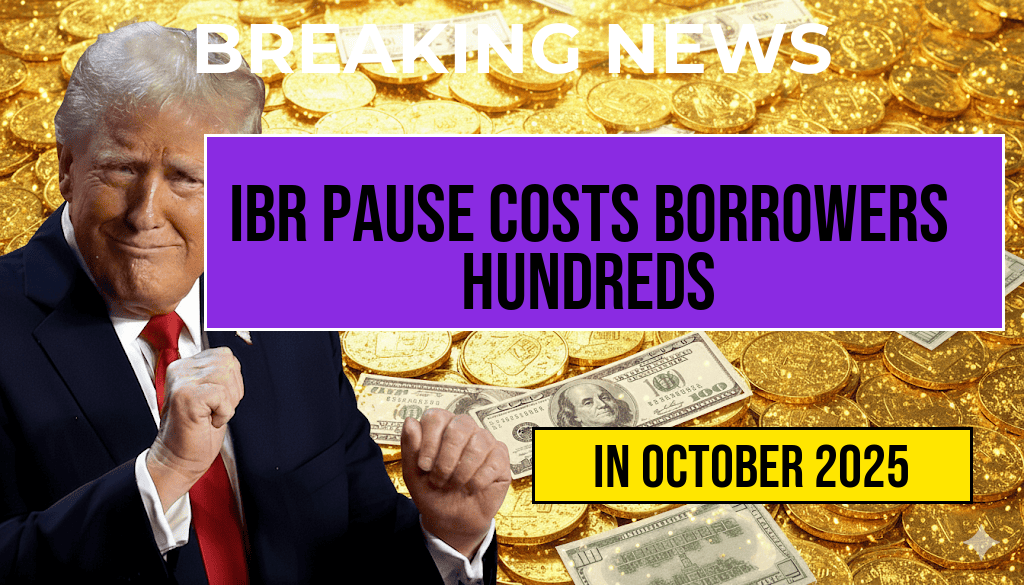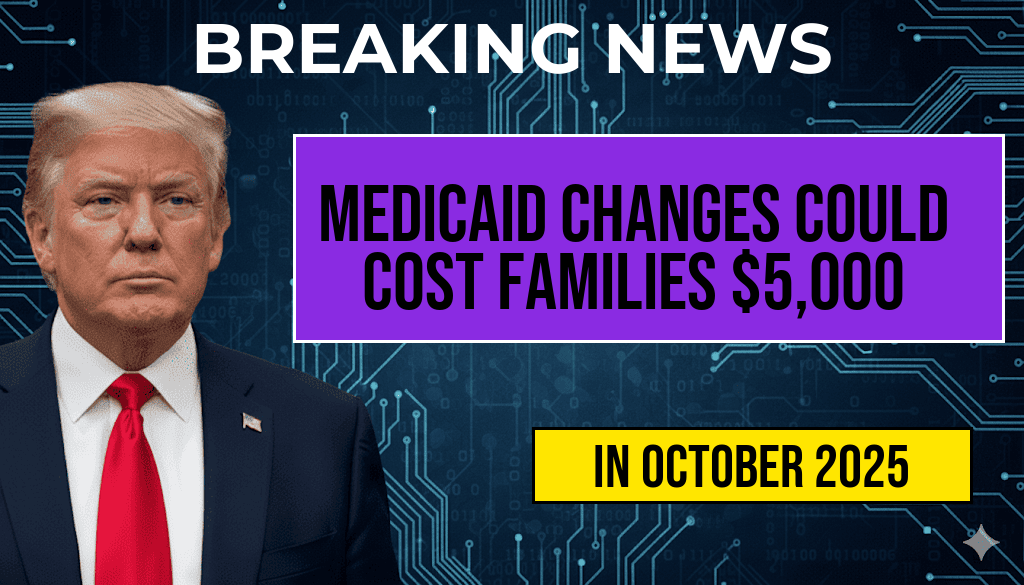In a surprising turn of events, borrowers across the United States are facing unexpected financial burdens due to the ongoing pause in income-driven repayment (IBR) plans. Many individuals who had anticipated relief from their student loan payments are now dealing with costs that could reach into the hundreds of dollars. While the U.S. Department of Education has promised refunds, the timeline for these reimbursements remains uncertain, leaving borrowers in a state of confusion and frustration.
Understanding the IBR Pause
The IBR pause, initially implemented during the COVID-19 pandemic, allowed borrowers to temporarily suspend their student loan payments without accruing interest. This measure provided much-needed relief during a challenging economic period. However, the recent extension of this pause has inadvertently led to additional costs for many borrowers, particularly those who have not updated their income information or who are now facing a backlog of payments as they navigate the complexities of the system.
Borrowers Facing Additional Costs
As the pause continues, numerous borrowers are discovering that their financial situations are not as stable as previously thought. Many were counting on the IBR plan to help manage their monthly expenses, only to find that they might incur late fees or other charges as payments resume. The Department of Education has indicated that these costs could be substantial, with some borrowers potentially facing hundreds of dollars in fees.
Reasons for Financial Strain
- Delayed Refunds: With the promise of refunds for payments made during the pause, many borrowers are left wondering when they will see this money returned to them.
- Interest Accrual: Although the pause was designed to prevent interest from accumulating, changes in income or employment may affect repayment plans.
- Lack of Communication: Many borrowers report receiving inadequate information regarding their options during this extended pause, leading to confusion and financial strain.
Financial Repercussions of the IBR Pause
The financial repercussions of the IBR pause are significant, particularly for those who rely on these plans to manage their student loan debt. As payments resume, borrowers face the risk of defaulting on their loans, which can lead to further complications, including damaged credit scores and additional fees.
Potential Solutions for Borrowers
As borrowers grapple with these emerging costs, several options are available to help mitigate financial strain:
- Contact Loan Servicers: Borrowers are encouraged to reach out to their loan servicers for personalized advice and clarification about their specific situations.
- Explore Repayment Options: Understanding different repayment plans, including income-driven repayment options, can provide more manageable approaches to debt.
- Stay Informed: Keeping up to date with communications from the Department of Education can help borrowers navigate their responsibilities effectively.
Government Response and Future Outlook
The U.S. Department of Education has acknowledged the challenges faced by borrowers during this transition. Officials are working to ensure that refunds are processed as quickly as possible, though no concrete timeline has been established. The uncertainty surrounding when borrowers will receive these refunds adds to the anxiety many are feeling as they prepare for the resumption of payments.
Impact on Borrowers’ Financial Health
As borrowers brace for resumed payments, the impact on their financial health is concerning. Many individuals may need to adjust their budgets significantly to accommodate new payment schedules, leading to potential sacrifices in other areas of their lives. This situation raises questions about the long-term implications for borrowers who have relied on the IBR pause to maintain their financial stability.
Resources for Assistance
Borrowers looking for assistance during this challenging time can access a variety of resources:
- Federal Student Aid: This government site offers comprehensive information about student loans and repayment options.
- Consumer Financial Protection Bureau: A resource for understanding consumer rights and access to financial education.
- U.S. Department of Education: The official site provides updates on policies and programs affecting borrowers.
As the situation evolves, borrowers are urged to remain proactive in managing their loans and to seek assistance when necessary. With careful planning and resource utilization, many individuals can navigate this complex landscape and mitigate the financial impact of the IBR pause.
Frequently Asked Questions
What is the IBR pause and how does it affect borrowers?
The IBR pause, or Income-Based Repayment pause, refers to a temporary halt on student loan payments that can lead to additional costs for borrowers. During this period, interest may continue to accrue, resulting in higher overall loan balances.
What types of costs are borrowers facing during the IBR pause?
Borrowers are facing hundreds of dollars in costs due to the ongoing IBR pause. These costs can include accrued interest that adds to the principal amount of the loan, and potential fees associated with managing loans during this time.
Will borrowers receive refunds for the costs incurred during the IBR pause?
Yes, borrowers have been promised refunds for the costs incurred during the IBR pause. However, the specific date for when these refunds will be issued has yet to be determined.
How can borrowers prepare for the potential refunds?
Borrowers can prepare for potential refunds by keeping records of any payments made during the IBR pause and monitoring communications from their loan servicers regarding the refund process.
What should borrowers do if they have questions about their loans during the IBR pause?
If borrowers have questions about their loans during the IBR pause, they should contact their loan servicer for the most accurate and updated information regarding their accounts and any potential refunds.






